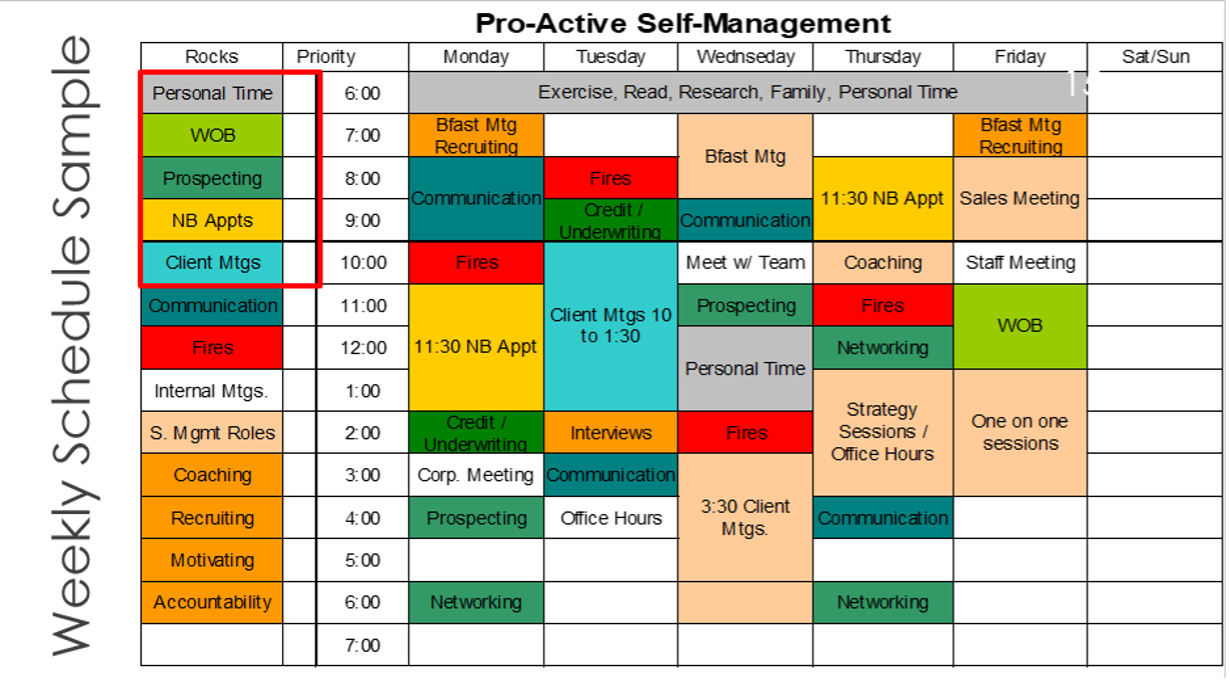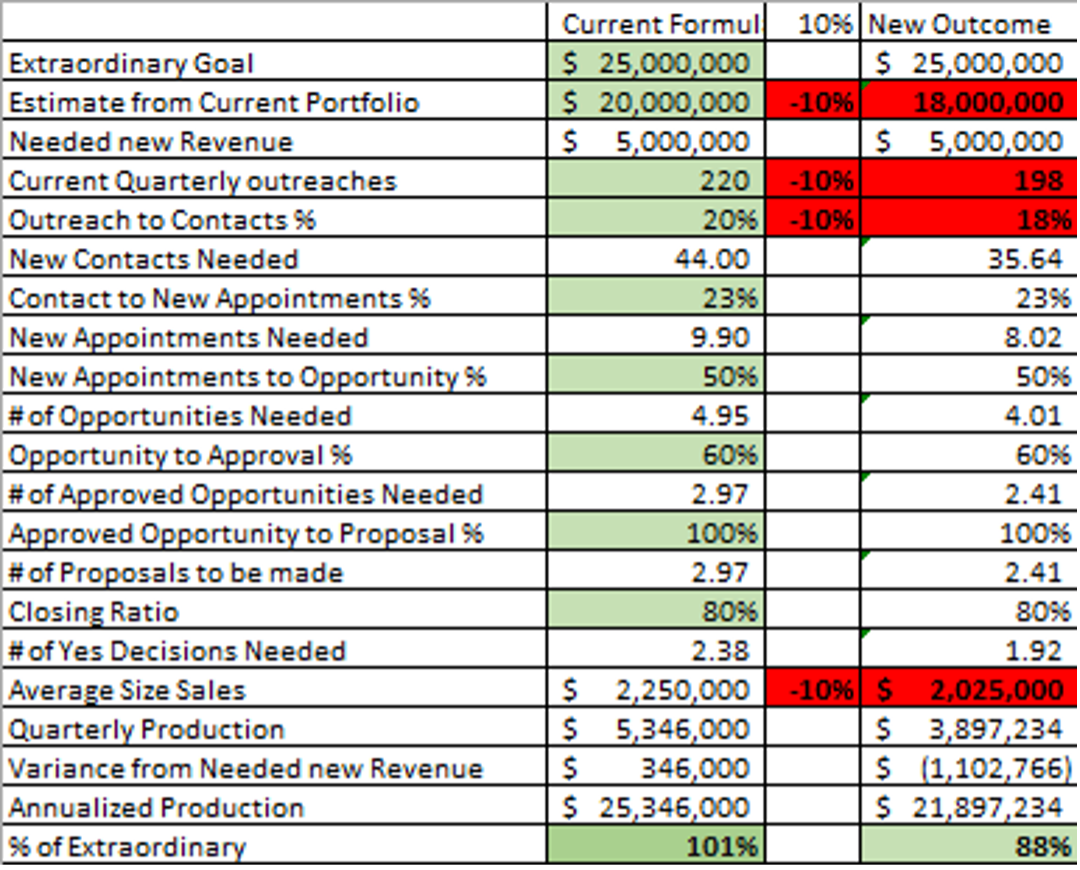Thou shalt never present without making sure your prospect is committed to making a decision. Are you certain you're getting the decision-maker to a point of clarity? This video is a part of our new series with Mark Trinkle: The 10 Commandments of Sales Success. Watch Commandment #5 now!
Watch all of the Commandments Here
Transcript:
Good day everyone. This is Mark Trinkle, Chief Growth Officer for Anthony Cole Training Group. Today it is my privilege to bring you our fifth commandment of a 10-part series that we are calling the 10 Commandments of Sales Success. The fifth commandment is: Thou shalt never present without making sure your prospect is committing to making a decision.
Now, there are a couple of different parts to this. I'm going to assume for today's commandment that you are in front of the decision maker. If you're not, then your sales results are gonna be wildly erratic. You're certainly gonna lose a fair amount of the time. So, again, I'm assuming... and it's dangerous to assume, but I'm assuming that you are in front of the actual decision maker and that you've checked off all the boxes, that you've met with everybody who has a say in making the decision for your presentation.
The second part of this is that you've got to be certain. You've got to be certain that you are getting them to the point of great clarity so that they will make a decision. So, the secret to getting decisions from decision makers is no doubt they have to be fully qualified for the compelling issues. At least compelling enough to them that they'll make a change. You've gotta know why they're gonna make a change. You've gotta know what the problems are. You've gotta know how the problems are impacting them. You need to dollarize or monetize that, and understand what those problems are costing. You've gotta be certain that the prospect has the capacity to invest the appropriate or required amount of time, money, and resources. I mean, you've gotta know that the problem hurts so much that they're willing to go through the process.
They need to understand your process. What are you going to require of them? There has to be complete clarity. I'm gonna call it "beautiful clarity" on the decision-making process. You know that they will make a decision. That's what you're actually closing your prospects on. Don't worry about them picking you, or favoring you, instead focus your time, efforts, and energy on making certain that they are clear, that you are expecting them to make a decision, and that they will commit to making a decision.
I'll end with this. You should close a hundred percent of your qualified business opportunities, but by that I mean sometimes you're gonna get a no. And that's okay. But you know what your greatest frustration should be? That you spent an appreciable amount of time, you went through your sales process, you got your team involved, and you delivered a proposal or a presentation, and they didn't answer with yes or no. They answered with that dreaded TIA. "I need to think it over."
You can do something about that as long as you're willing to plant your feet and walk your prospect through your expectation that they will make a decision, that yes is great, but, but no is OK. Get your prospect to commit to making a decision. Have a great day.






